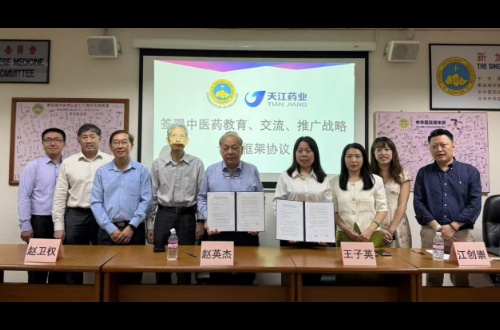Wed Dec 31
Gear shaft coupling surface nitriding reasons
 2020-08-30
2020-08-30
The role of the pump shaft with internal and external tooth nitriding surface spots of the toothed coupling is mainly to transmit power and support the impeller to maintain normal operation in the working position. The pump shaft and the motor shaft generally need to adopt a separate structure, and the two can be connected by gear shaft coupling. The outer sleeve with internal teeth and the inner sleeve with external teeth form a gear shaft coupling, which uses the meshing of internal and external teeth to transmit torque. This type of connection can transmit a large torque and allow a relatively large axial offset, and the accuracy of the installation is relatively low.
The performance of the general coupling is related to the efficiency of the entire nuclear main pump, so in order to stabilize the operation, the material and processing of the coupling are required. The quality requirement is generally to strictly follow the nuclear main pump pump shaft installation process. It is found that the surface of the nitriding inner and outer teeth of the gear shaft coupling inner jacket has a size of 3.10mm. The color is slightly darker than the normal area and the metallic luster is dark. This kind of surface Spot defects not only affect the apparent quality of the main nuclear pump shaft, but also may have potential hazards to stable service. The gear shaft coupling material is 42CrM structural steel. In view of the spot defects on the nitriding surface of the inner and outer teeth, the reasons are mainly analyzed from three aspects. The raw material composition is uneven; it is caused by the mechanical processing process; and the nitriding process occurs.

After testing the composition of the processed blank, no abnormal alloy composition was found, and the reason for the uneven raw material was ruled out. The machining processes that affect the apparent quality of the tooth surface are the CNC milling of internal and external teeth and the integrated light-decorated coupling, the processing path of the milling machine tool and the light-decorated grinding block, and the processing action with the inner and outer sleeve of the gear coupling. Surface spot defects also rule out the cause of mechanical processing. According to the hardness of the surface spot defect is lower than that of other areas, the possible cause comes from the nitriding process. In addition to the inner and outer tooth surfaces of the toothed coupling, anti-seepage agent should be applied for anti-seepage protection.
The tooth surface anti-seepage agent residue or the surface oil stains that have not been completely removed, the cooling agent of the machining process and other foreign objects may affect the nitriding effect. The effect of the surface residue of the anti-seepage agent on the nitriding process is simulated through experiments, and the spot defects of the nitrided layer are observed and detected by scanning electron microscope, electron probe, x-ray diffractometer, and Vickers hardness tester, and the nitriding surface is given. Causes of spot defects and elimination measures. The working environment of gear shaft coupling is harsh, and the quality control of every machining process including nitriding must be strict. If you carefully analyze the causes of defects and take corresponding countermeasures, they will reduce or even avoid the occurrence of defects and ensure the gear shaft coupling. Processing quality.
Disclaimer: This article is reproduced from other media. The purpose of reprinting is to convey more information. It does not mean that this website agrees with its views and is responsible for its authenticity, and does not bear any legal responsibility. All resources on this site are collected on the Internet. The purpose of sharing is for everyone's learning and reference only. If there is copyright or intellectual property infringement, please leave us a message.




